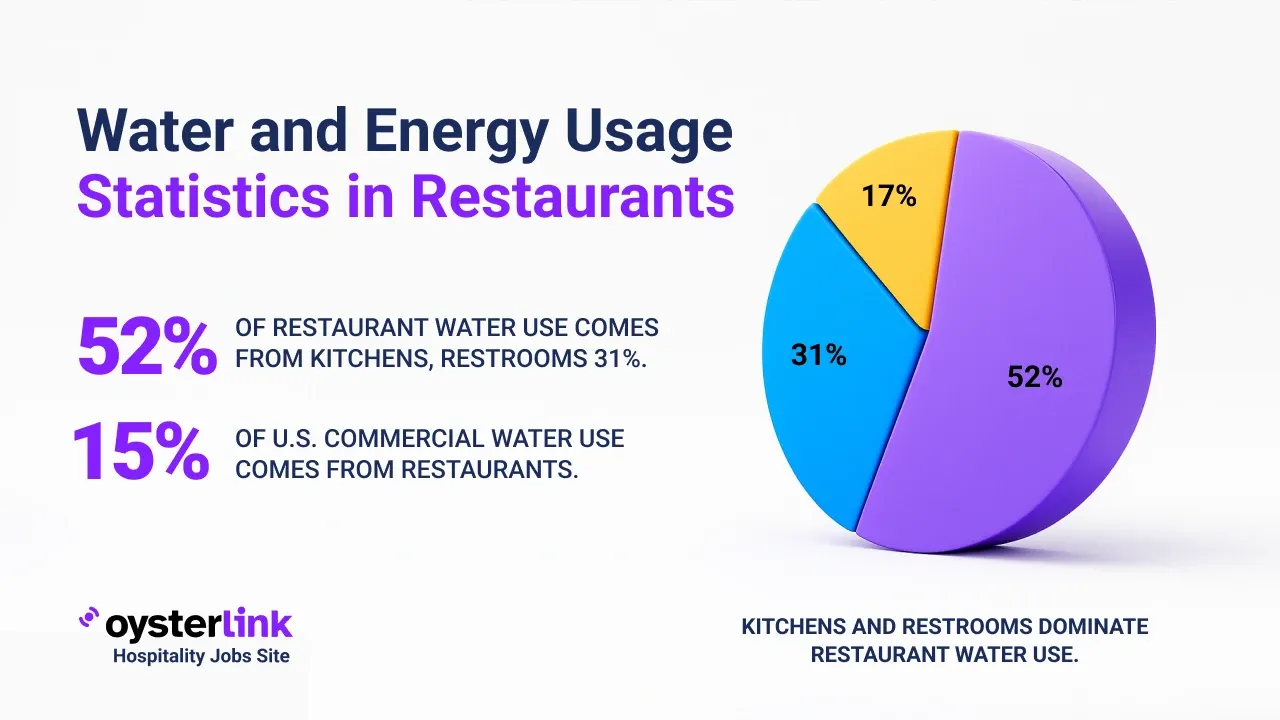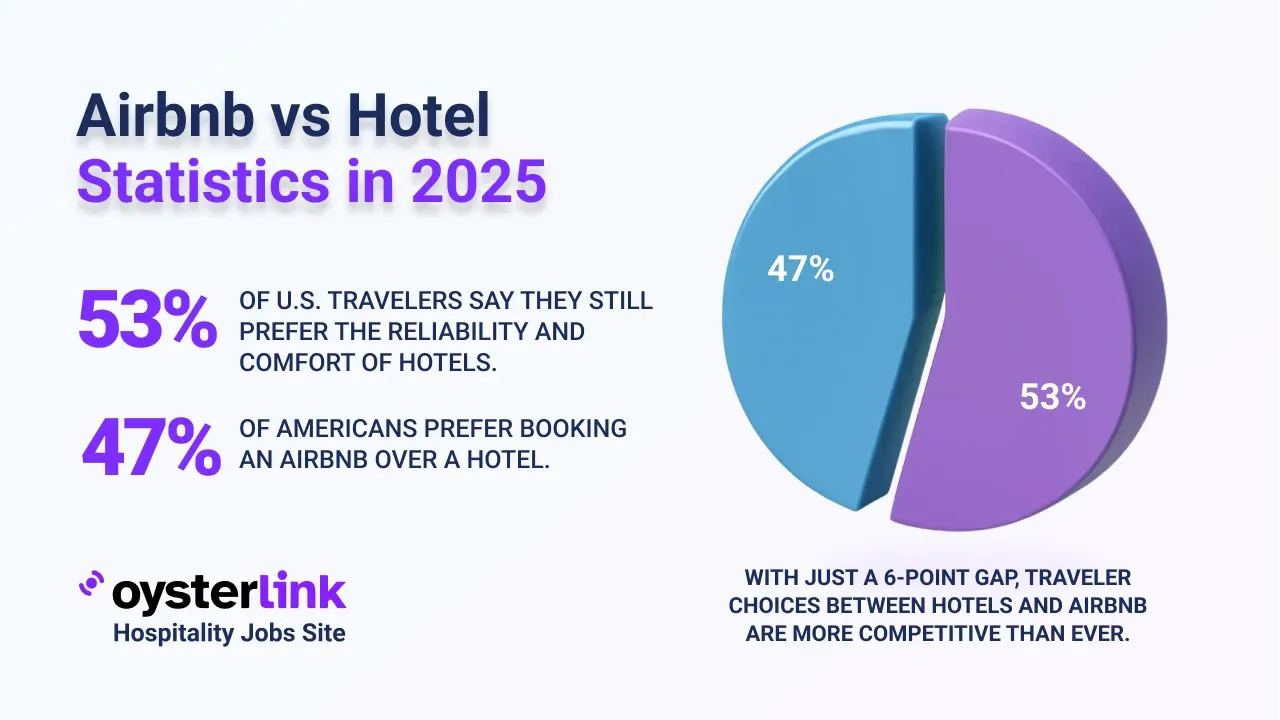Ohio Cost of Living: Quick Takeaways
- Housing Costs: The average rent for a one-bedroom apartment in Ohio is expected to reach $900 in 2025.
- Transportation Expenses: Public transit fares are affordable with monthly passes around $50, and fuel prices average $3.49 per gallon.
- Healthcare Costs: Employer-sponsored health insurance averages about $122.75 monthly, with silver plans costing approximately $500.
- Income Levels: The median household income in Ohio for 2025 is projected at $61,000.
Ohio offers a diverse range of living environments across cities and suburbs. This article provides a detailed breakdown of the cost of living factors in Ohio during 2025 to help residents and movers.
From housing and utilities to education and entertainment, understanding Ohio’s expenses can aid in effective budgeting and planning.
1. Housing Costs in Ohio
Housing expenses form a large part of living costs in Ohio. Average rent prices for a one-bedroom apartment have evolved as follows:
- 2010: $700
- 2015: $750
- 2020: $800
- 2024: $880
- 2025: $900
Rent prices show a steady upward trend reflecting moderate market growth and demand across the state.
For hospitality employers planning to hire staff in Ohio, understanding local housing costs is crucial for setting competitive wages and benefits. Learn more about restaurant staff hiring strategies to attract quality employees.
2. Homeownership and Real Estate Trends in Ohio
Purchasing a home in Ohio has seen rising costs over recent years. Median home prices are listed below:
- 2010: $150,000
- 2015: $170,000
- 2020: $200,000
- 2024: $243,000
- 2025: $250,000
This growth points to a balanced real estate market with increasing property values attracting homeowners and investors.
3. Transportation Expenses in Ohio
Ohioans benefit from a variety of transport options with cost-effective pricing:
- Public Transit One-Way Fare: Approximately $1.15
- Public Transit Monthly Pass: $50.00
- Fuel Cost Per Gallon: $3.49
- Annual Vehicle Maintenance: $1,200
Overall transportation expenses are manageable and slightly below national averages.
4. Utility Costs in Ohio
Standard utility expenses for an average household include:
- Electricity: $121.07 monthly
- Internet Services: $25.00 monthly
- Total Monthly Utilities: $472.00 (including water, gas, trash, and other services)
These utilities are slightly below the national average, contributing to Ohio's affordability.
5. Grocery and Food Expenses in Ohio
Monthly grocery costs per person average around $341.00. Dining out also ranges in price:
- Casual Meal: $15
- Mid-Range Restaurant Meal: $50
Food expenses align closely with national averages, offering affordable choices for residents.
If you're a restaurant owner in Ohio, exploring innovative ways to increase your restaurant revenue and manage costs efficiently is essential. Check out how to increase restaurant revenue for proven strategies.
6. Healthcare Costs in Ohio
Healthcare spending includes insurance premiums and out-of-pocket costs:
- Employer-Sponsored Insurance: $122.75 monthly
- Silver Plan Insurance: $500.00 monthly
These figures indicate healthcare costs slightly below national norms, beneficial for Ohio residents.
7. Educational Expenses in Ohio
Ohio offers a range of educational settings with associated costs:
- Public Schools: Free of direct tuition costs
- Private School Tuition: Average $10,000 annually
- In-State University Tuition: Approximately $11,000 per year
Education affordability varies by institution type and location.
8. Entertainment and Leisure in Ohio
Entertainment expenses contribute to quality of life:
- Movie Ticket: $12
- Gym Membership: $30 monthly
- Meal at Mid-Range Restaurant: $50
- Annual Entertainment Spending: $2,000
- Personal Care Services Annual Cost: $600
- Miscellaneous Goods and Services Annual Spending: $700
These activities are accessible and reasonably priced within Ohio's living expenses.
9. Taxes and Miscellaneous Fees in Ohio
Ohio’s tax structure impacts resident expenses:
- State Income Tax Rate: Ranges from 0% to 3.99%
- Sales Tax: Between 5.75% to 8%
- Property Tax Rate: Approximately 1.59%
Tax rates vary by locality, affecting overall living costs.
10. Childcare and Family Expenses in Ohio
Families pay significant childcare costs:
- Daycare: $891 monthly
- After-School Programs: $300 monthly
- Extracurricular Activities: $100 monthly
Proper budgeting for these expenses is essential for families with children.
11. Clothing and Personal Care in Ohio
Monthly expenditures for clothing and personal care are:
- Clothing: $100
- Personal Care Products and Services: $50
These align with a moderate spending lifestyle in Ohio.
12. Insurance Costs in Ohio
Insurance coverage costs include:
- Health Insurance: $122.75 monthly for employer plans
- Auto Insurance: $852.21 annually
- Homeowners Insurance: $1,000 annually
- Renters Insurance: $200 annually
Insurance expenses are an important factor in Ohio’s overall cost of living.
13. Miscellaneous Expenses in Ohio
Additional living expenses affect budgets:
- Entertainment: Annual spending approximates $2,000
- Personal Care Services: $600 annually
- Miscellaneous Goods and Services: $700 annually
These costs depend on individual lifestyle choices and habits.
14. Income and Salaries in Ohio
Median household income in Ohio has experienced steady growth:
- 2010: $50,000
- 2015: $52,000
- 2020: $56,000
- 2023: $60,320
- 2025: $61,000
Income increases support the rising living costs across the state.
For individuals considering hospitality careers in Ohio, understanding salary expectations and job roles is important. Explore detailed insights on the restaurant manager career path and other hospitality jobs.
15. Comparison with National Averages
Ohio’s cost of living is generally more affordable compared to national averages:
- Overall Cost of Living: Approximately 8% lower than national average
- Housing: About 12% lower than average
- Utilities: Around 2% lower
- Food: Slightly higher by 1%
- Healthcare: 4% lower than national average
- Transportation: 5% less expensive
- Goods and Services: 10% lower in cost
This affordability makes Ohio an attractive place for cost-conscious residents.
Our Methodology for Ohio Cost of Living Figures
To compile these figures, we utilize data from reliable sources including government publications, housing and labor databases, insurance reports and consumer price indexes. Where precise data is unavailable, well-informed estimations are applied to present the most accurate representation possible.
Ohio Cost of Living: Conclusion
Ohio offers an affordable living environment with moderate housing, transportation and utility costs. Healthcare expenses are competitive and income levels are on a steady rise supporting local residents.
Whether looking to rent, buy or raise a family, understanding these cost factors helps individuals and households make informed financial decisions about living in Ohio in 2025.
Employers in the hospitality sector can also benefit from learning how to hire restaurant staff effectively. For example, discover practical advice on how to hire restaurant staff fast to address turnover and staffing challenges.

.webp)

.webp)
